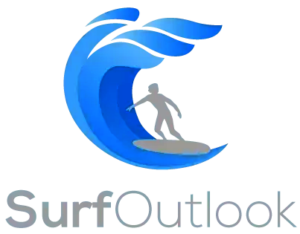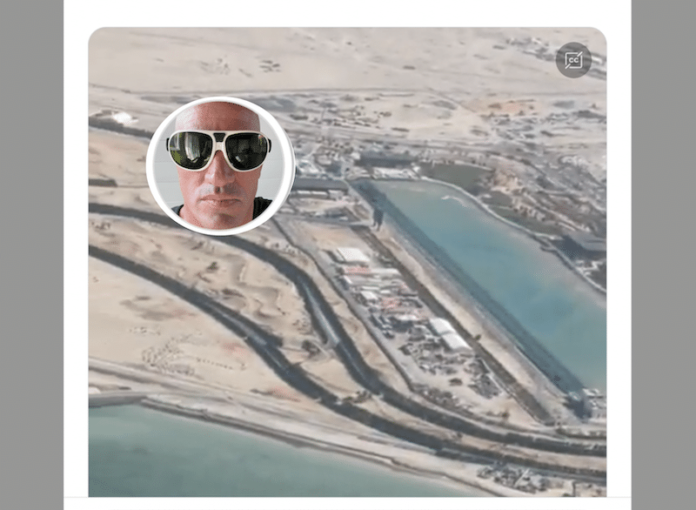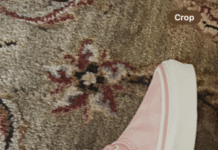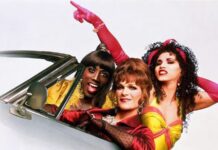
“Born on Oahu, Uncle Kimo kicked off as an ink drinker, not the tall, graceful heavyweight of legend.”
Kimo Hollinger, revered Hawaiian surfer and writer, died yesterday. He was eighty-four.
Born on Oahu, Uncle Kimo kicked off as an ink drinker, not the tall, graceful heavyweight of legend.
“You see, I became a bookworm, even reading encyclopedias. But my father made me go out. He sent me to the YMCA, he sent me to judo classes, and when he was sure I could take care of myself, he sent me to Waikiki.” He started surfing at sixteen but jumped the rungs quickly to become a standout at Sunset and Waimea.
Hollinger, who loved listening to jazz on his back porch almost as much as he loved Spam, rode waves without much of the glory draped on his contemporaries. He shunned the spotlight but relished being a part of the adventure, talking story and writing it, too. Kimo gifted us tales of big wave disasters and low-brow mischief so crisp you’d swear you were there dripping wet laughing beside him. His self-effacing prose made ya’ feel like a brother.
Kimo would say that he’s not a pro surfer, not a legend. “I’m just an observer,” he called himself. An observer? That’s like thinking of a stringer as decoration. Kimo was a link in the chain of surf history. A few years back a Greg Noll 10’ 10’ gun was auctioned, grabbing $9,500. That’s a steep gavel drop even for a Noll. The plank was advertised as a board Kimo stood on in his prime.
It’s well-deserved. I chipped this from Warshaw’s EOS:
“On Thanksgiving Day, 1975, just prior to the final heats of the Smirnoff Pro, with the Waimea surf booming in a gorgeous 25 to 30 feet, Hollinger and a handful of other non-contestants were asked by Smirnoff officials to leave the water. Hollinger complied, but resentfully—in part because Waimea breaks just a few times each season, and rarely with the kind of form seen on this particular day, and in part because of the commercial intrusion on what Hollinger regarded as a sacred surfing area.
“Powerboats and helicopters appeared,” he wrote in Surfer magazine a few weeks later, “and contest officials started warming up on the loudspeaker. I couldn’t believe it. Telling us who could ride and who couldn’t. A surfer has trained himself to ride these waves. It is all he asks of life. Who the hell is Smirnoff to tell him he can’t? God created those waves.”
But Kimo was never shy to find the humor even in the most miserable circumstances. Speaking at the launch party of his book Talking Story, Hollinger recalled a near-fatal experience in the mid-seventies. Some big-name mainlanders, including Mike Diffenderfer, went out at big Waimea and Kimo, proud and itching to get in the mix, paddled out, wanting to represent the islands.
“When I went out it was only about 15 feet, then it was eighteen feet then it was twenty feet, then it was closing out the bay, Eddie was trying to scream at me to come in, but I couldn’t hear them. This huge set was coming from way outside and I thought to myself, ‘Well, I’ll take the first one cause I didn’t wanna, you know, get pummeled. But it was a big mistake. So, I took the first one and when I wiped out I was right in the impact zone and all the following waves just smashed me.
“My wetsuit was around my head and my shorts around my ankles and I had to clear a hole in the foam so I could take a breath. I was crying for my mother, I knew my wife would take care of the kids, I was wondering ‘who is gonna take care of the dog?”
Fifteen foot shore break with rocks on the sand, he was getting pounded and couldn’t make it the last twenty yards in.
“Butch van Arstdalen was on the sand, shouting me in. I always called him Dutchman and he always called me Hawaiian. ‘Hawaiian, Hawaiian, swim around the rocks!”
But he couldn’t make it the last twenty yards.
“So all the guys formed a human chain and they grabbed me.”
Tributes coming in rapidly.
A quote from Kimo:
“Life is a compromise. You’re not going to make everyone happy, but that’s the only way to do it. There’s no sense yelling and screaming at each other and being angry.”





